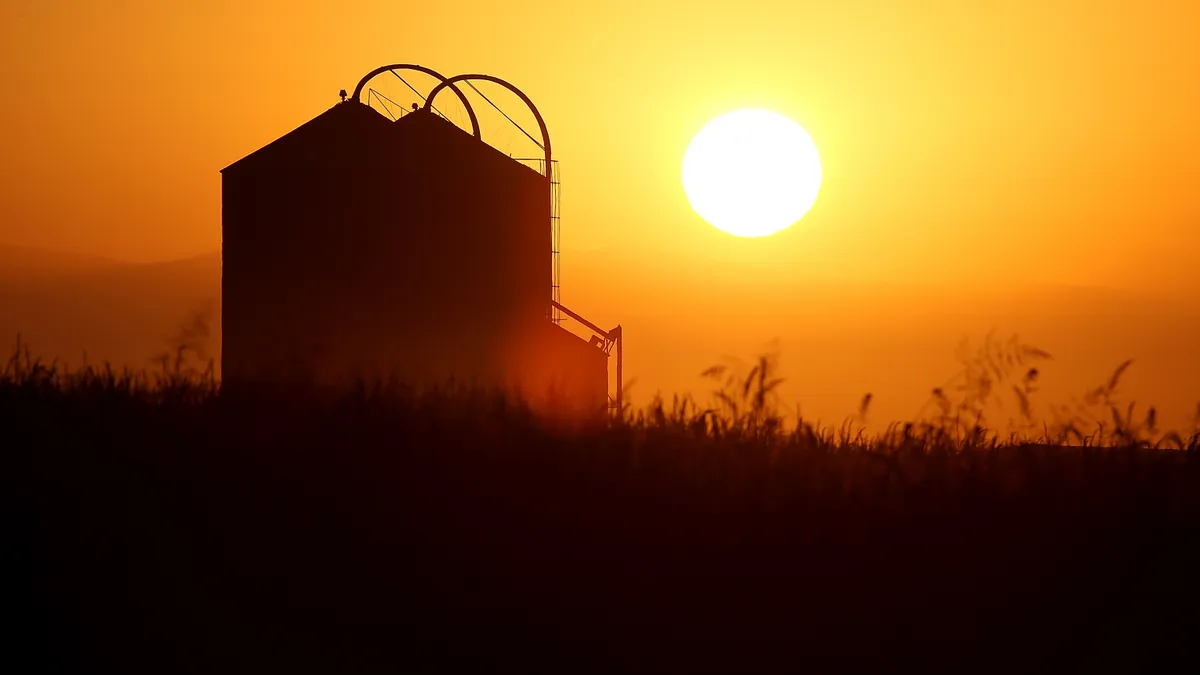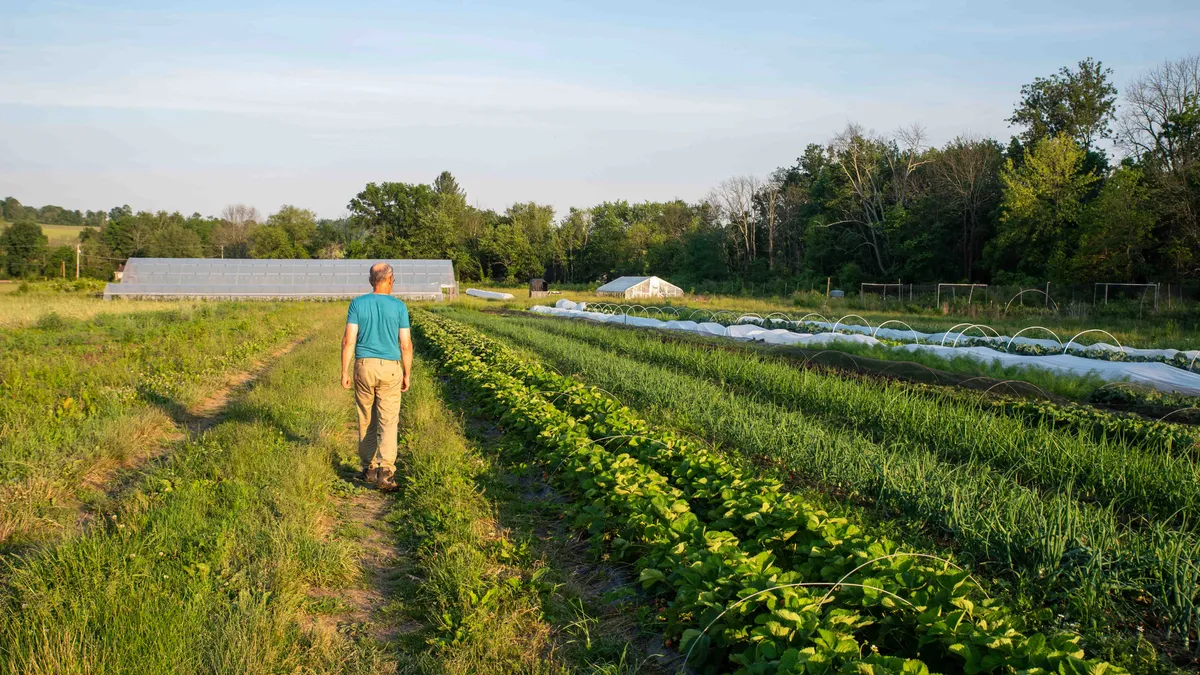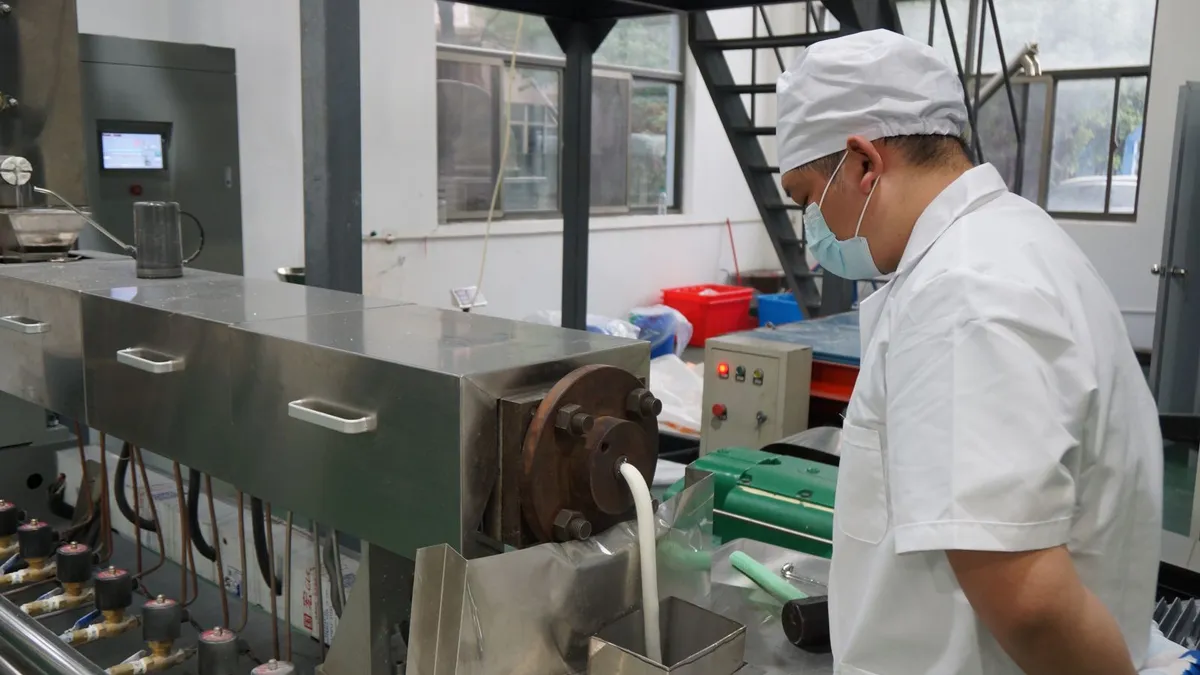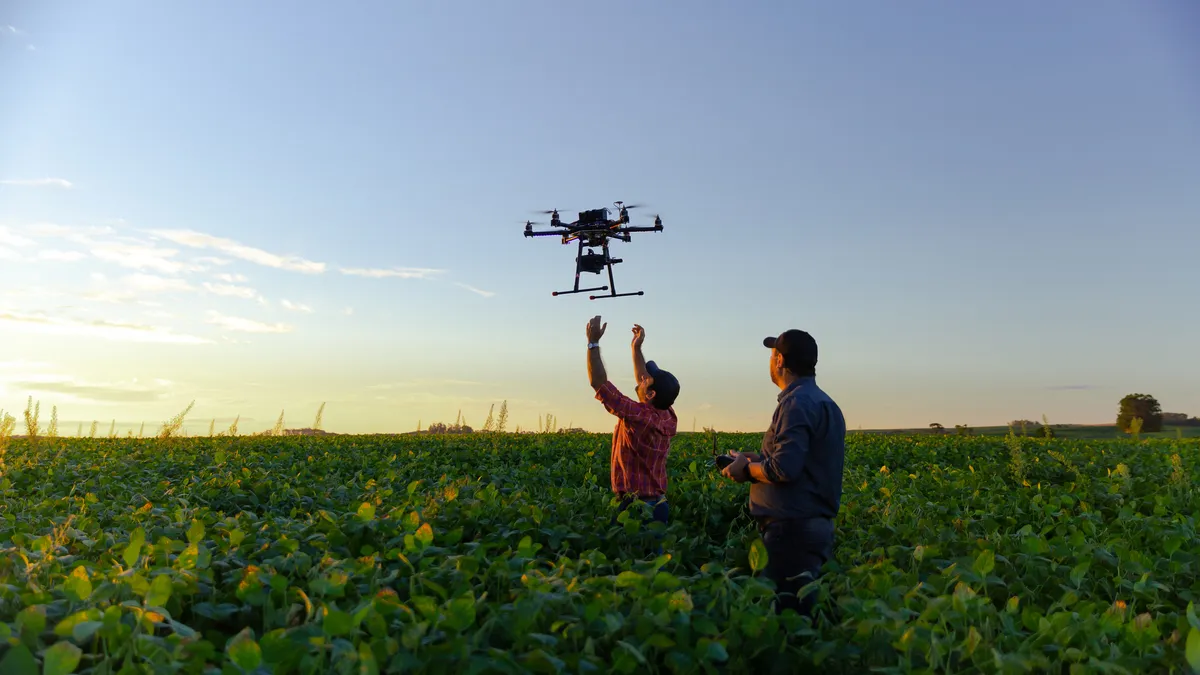The agriculture industry is ripe for major changes in 2024. But will policy debates and a weakened economy get in the way?
The farm bill will be top priority in Congress and November elections are sure to raise the stakes. That could potentially create new complications for the spending package as members try to push through pet initiatives.
As farmers anxiously await a farm bill, they are also contending with mounting pressures to adopt climate-smart production practices. While innovative technologies stand to revolutionize the way food is grown, limited funding and technical support for farmers could prevent widespread adoption.
Here is a look at the biggest trends to shape the farming industry in 2024.
Elections to shape 2024 policy
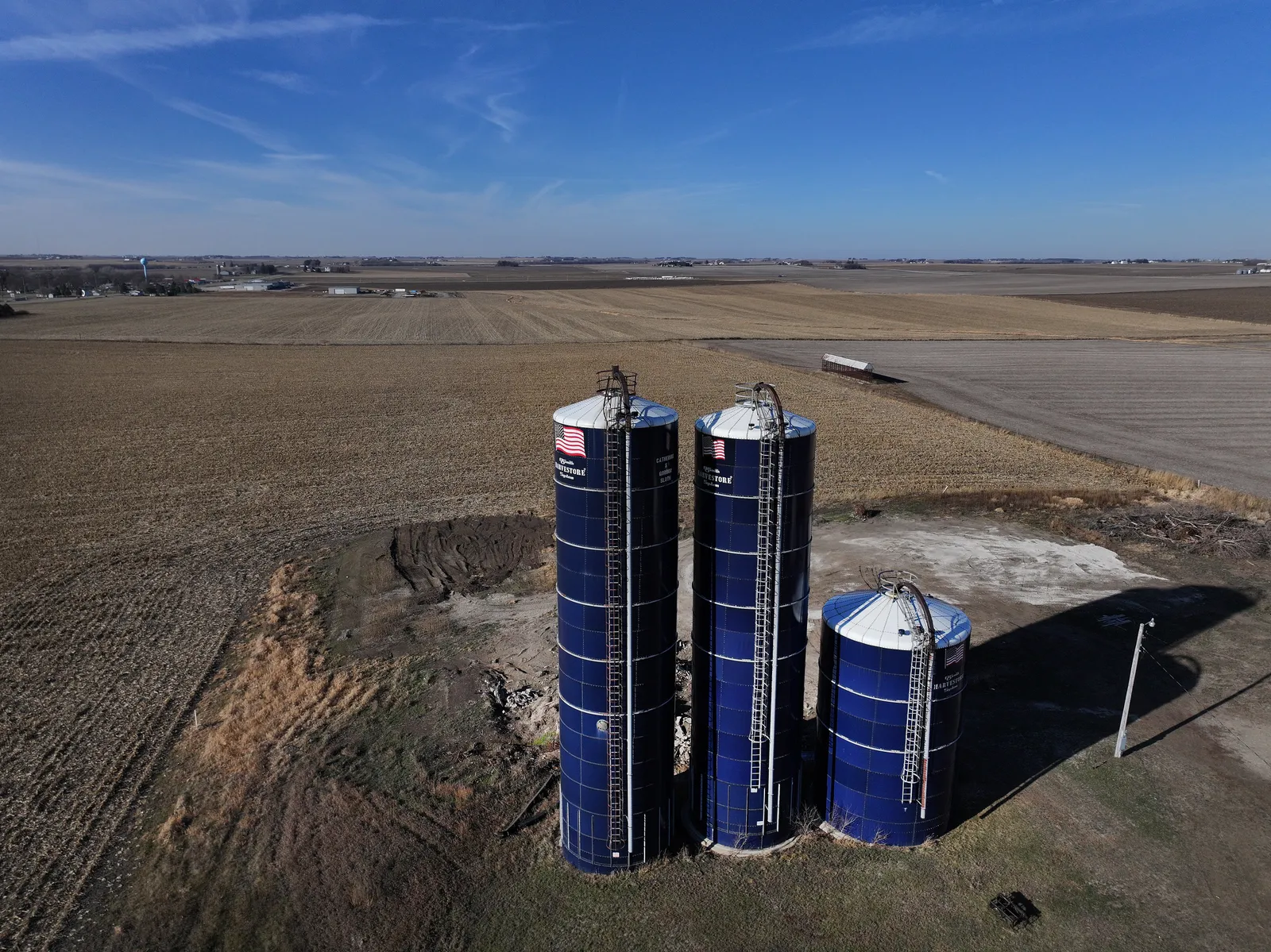
The 2024 elections this November will bring new urgency to finishing the farm bill and other Biden administration priorities in agriculture.
"Election years always change everything," said Kristi Boswell, an attorney with Alston & Bird’s legislative & public policy group and a former senior official at the U.S. Department of Agriculture.
Policymakers have a long to-do list: In addition to the farm bill, the Biden administration is racing to finalize major changes to the organic program as well as initiatives meant to enhance competition in an increasingly concentrated industry.
Elections outside the U.S. also stand to remake global trade policy. Mexico's election in June, for example, could bring changes to the country's restrictions on genetically modified corn imports.
Agricultural market recovery

Looking ahead to 2024, agricultural markets are primed for recovery after years of domestic, international and weather-related challenges.
“I personally remain more optimistic than pessimistic about prospects for 2024 given the strong economic fundamentals of our economy in recent years,” Tom Halverson, CoBank’s president and CEO, said in a statement.
Strong harvests in Brazil and Russia in 2023 have helped replenish global grain supplies, sending wheat and corn prices to near pre-pandemic levels. Additionally, shipping and fertilizer costs have fallen, improving returns for producers ahead of the new year. Only soybean prices are elevated, in response to the renewable energy boom.
Further price deterioration is likely in 2024, but factors like the strength of the U.S. dollar and weather challenges in key growing areas could affect the grain and oilseed outlook, according to CoBank.
In meat, elevated production costs are expected to deter expansion plans despite resilient consumer demand for beef, pork and poultry during a period of inflation.
However, consumers are reaching a “breaking point” and weaker demand could spell an opportunity for deflation, CoBank said.
Biofuels fuel renewable future
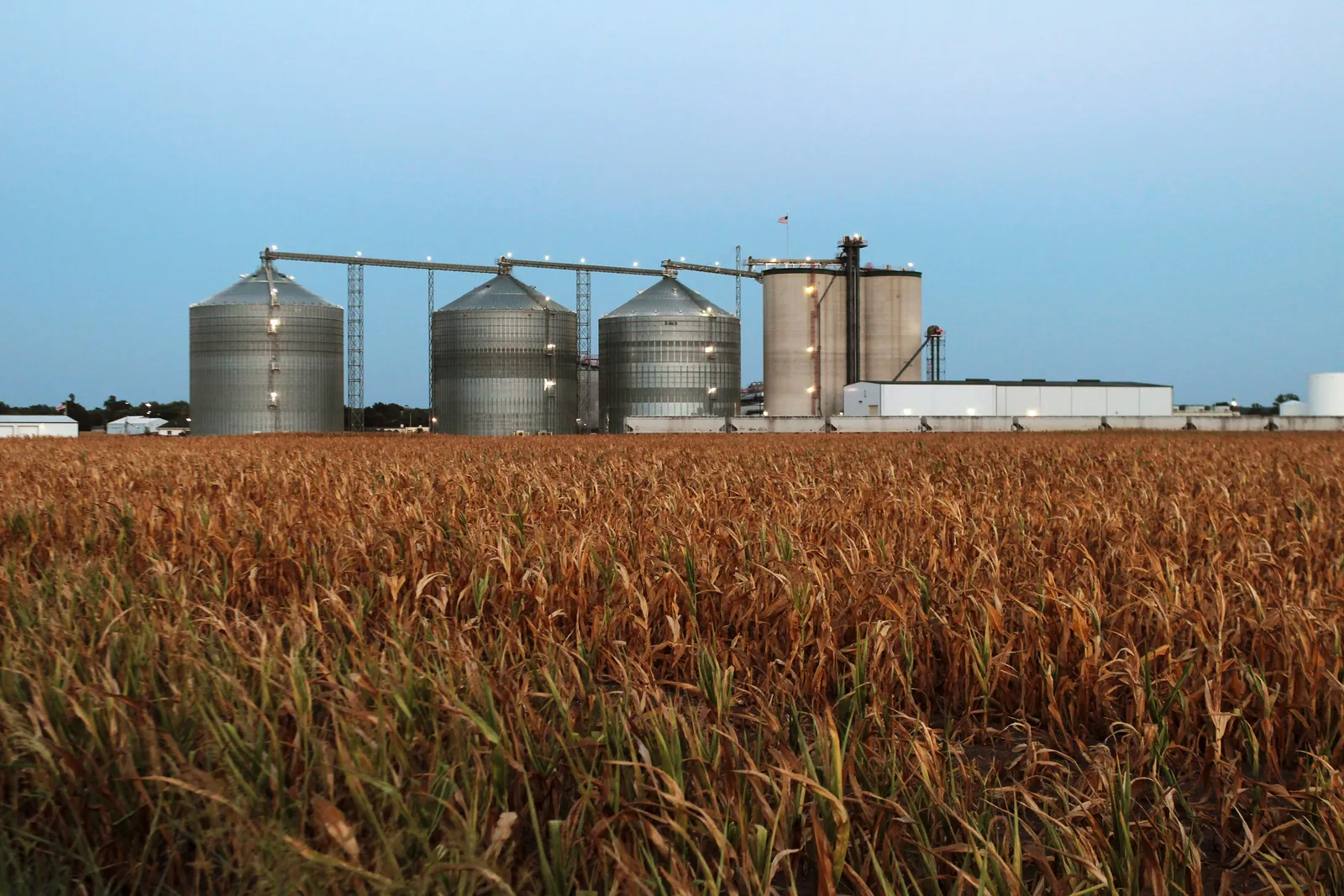
Innovation in the renewables space is sparking federal investment, with supporters touting rural agricultural operations as not only a food source but also a fuel source. There is even support from Chevron and other oil giants companies, who are investing in soybean crush facilities and anaerobic digesters for biofuel production.
New grant funding from the USDA also looks to supercharge the transition to climate-smart production practices, including converting waste to renewable fuel. Millions of dollars in funds have already been approved for projects that include anaerobic digesters at dairies and solar improvements at chicken houses, hog farms and cattle ranches.
However, investment pushback could slow project development. Critics argue that digesters, used to transform manure into renewable gas, could make water and air pollution worse.
Regenerative agriculture goes mainstream

Transforming traditional production practices will remain a major focus for food companies and their growers this year as the sector faces new pressure to address agriculture's climate footprint.
Major food producers came together in 2023 to finally agree on a definition of regenerative agriculture, laying the groundwork for more action this year. And the USDA has announced billions of dollars in funding to support the growth of climate-smart agriculture, noting there's more demand than there is money.
Increased funding for climate-smart agriculture, however, could be in jeopardy as farm bill negotiators look for ways to fund other priorities amid severe budget constraints. Republicans have pushed to shift climate funding under the Inflation Reduction Act toward other programs, sparking broad resistance from Democrats.
AI and the future of agtech
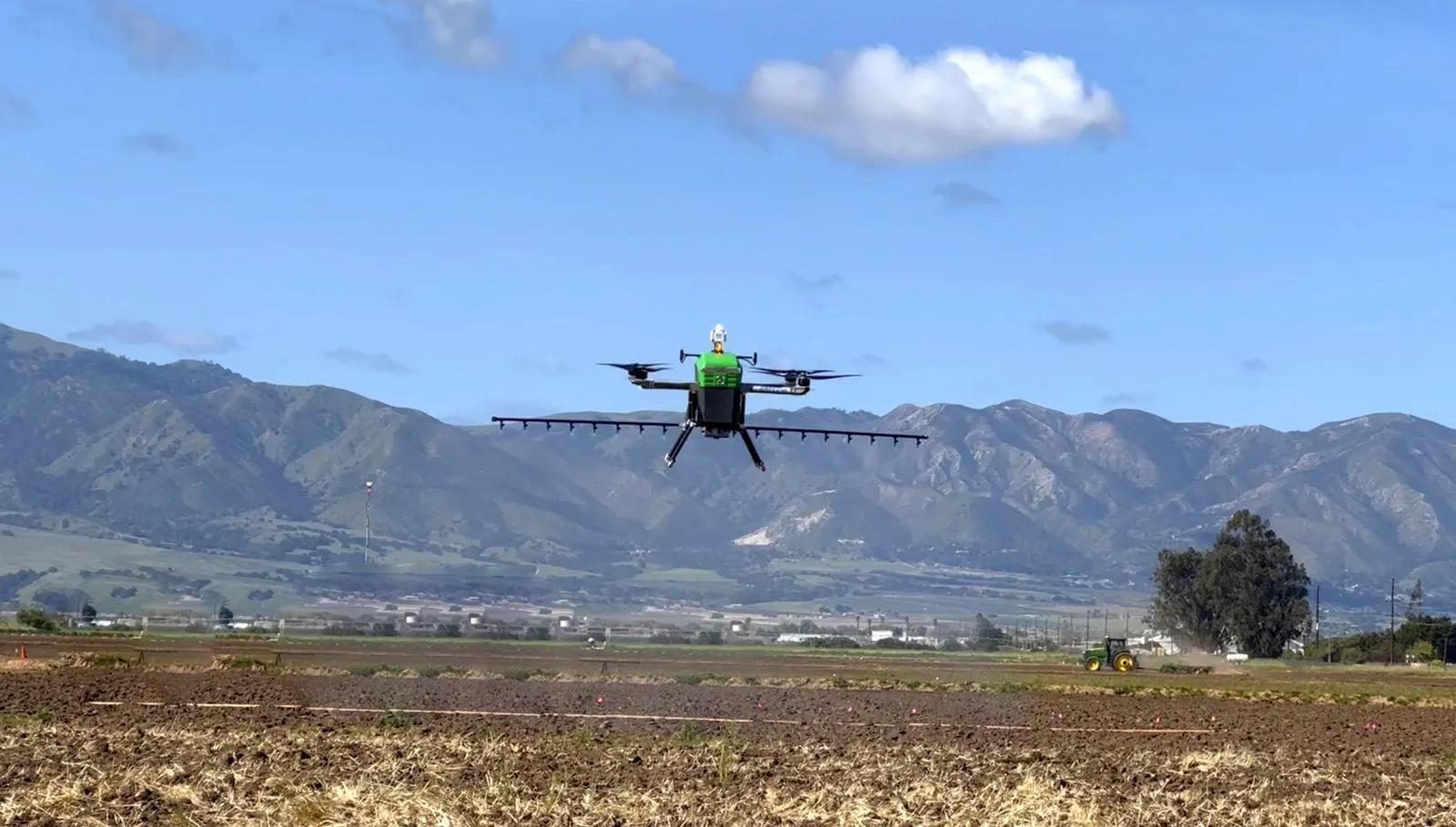
Technologies such as crop dusting aerial drones, digital farm mapping tools or automated fruit tree shakers have changed the industry, and increased adoption by farmers is expected to continue with further innovation — if the price is right.
Generative Artificial Intelligence, which involves machines distilling insights from large datasets, has the potential to identify patterns in the financial markets, help streamline supply chain procedures or enhance strategic decision-making on agricultural operations. Looking ahead to 2024, companies invested in precision machinery and farming software are well-positioned to introduce tools with advanced Gen AI capabilities to mainstream audiences.
Beyond the fields, innovations are also taking shape at the processor level to improve efficiencies and trim costs. Tyson Foods, for example, opened last month one of its most highly automated chicken plants, featuring deployments of robots that pack and stack tons of food to meet growing demand.




